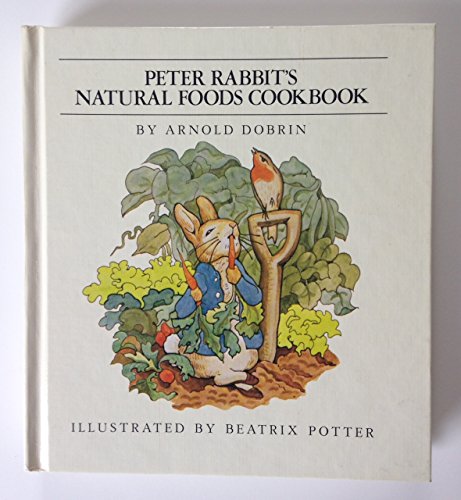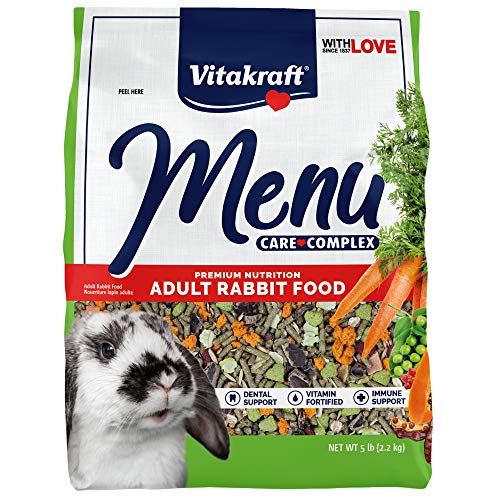Ok! That makes so much more sense now

my doe has a three-generation pedigree. I don’t know anything about my buck except he is full blooded. Another question. How do you register and pedigree them? Is there something you print off for the pedigree? And how would it go for the registration? Thanks!
In the USA at least, pedigrees are kept on an honor system. There are no specific requirements regarding how you keep track of information. Some people use a 3-hole binder, others use a filing cabinet, some use Excel or another computer program; one of the best breeders I've ever known kept info on scraps of paper and pieces of cardboard pinned to her barn walls. (I'm a stickler for record-keeping so it made me just cringe, and it was a headache for those of us who came to help deal with her rabbits after she died, but it worked for her.) The ARBA sells a book of pedigree blanks that you can fill out by hand with all the information you have. There are also numerous options for software and online record-keeping programs that allow you to print professional-looking pedigrees.
But at the most basic level, the pedigree is a list of information about the rabbit's ancestors, plus the DOB and variety of the animal itself. My suggestion is to choose a system you are most likely to actually use consistently. I'm not a big techie, so I rely primarily on a wall calendar; every so often I transfer the information to a program on my computer. And I keep printed hard copies of everything, because I know full well that at some point, the computer will eat my data, or at least temporarily hold it for ransom when I really need it.

The minimum information is name and/or number, variety and weight of each animal. Often other details are included such as each animal's ARBA registration number, Grand Champion number, number of legs of Grand Champion the animal has won (a minimum of three is needed for a Grand Championship), and lists of winnings. Often the breeder's name will precede the animal's name (e.g. "Wright's Kobuk") and while that's not required, if it is recorded, it's considered very bad form - dishonest, in fact - to change it.
Here's an example:

To register a rabbit, you must find an ARBA licensed registrar. Every ARBA-sanctioned show is required to have at least one registrar available during the show; alternatively, you can find a list of contacts on the ARBA website:
https://arba.net/registrars/
You must also be a current ARBA member, and bring your ARBA membership card with you to register your rabbit(s). The rabbit must be at least 6 months old and have reached at least the minimum senior weight for its breed and sex. The registrar will weigh and examine the rabbit to make sure it does not have any general or breed disqualifications. (Unlike dogs or horses, a rabbit cannot be registered simply because its parents were registered - the ARBA system is merit-based.) If the rabbit passes the examination, the registrar will either fill out the pedigree on the back of the registration form by hand, or staple a printed copy of the pedigree to the form. Note that a computer-printed pedigree must be exactly accurate; there can be no corrections on it, for instance weights added or changed, etc. Then the registrar will tattoo the rabbit's
right ear (the left ear is reserved for the ID tattoo) with either the animal's registration number or a symbol like this:

The registrar will mail the completed form plus a small fee to the ARBA, and a few weeks later you'll get the official registration certificate in the mail. Ever after, your rabbit's pedigree can be looked up in the ARBA studbook using its registration number.
Registration isn't required to call a rabbit purebred, but it does indicate that, at the very least, the rabbit is in fact both purebred and a decent example of the breed. It
is necessary for a rabbit to be registered to be awarded a Certificate of Grand Champion. As mentioned above, once the rabbit wins at least 3 legs of Grand Champion (under at least two different judges, with at least one of the legs being won as an intermediate or senior), you can apply for a Grand Champion number and certificate as long as you have the rabbit's registration number and birthdate.























































